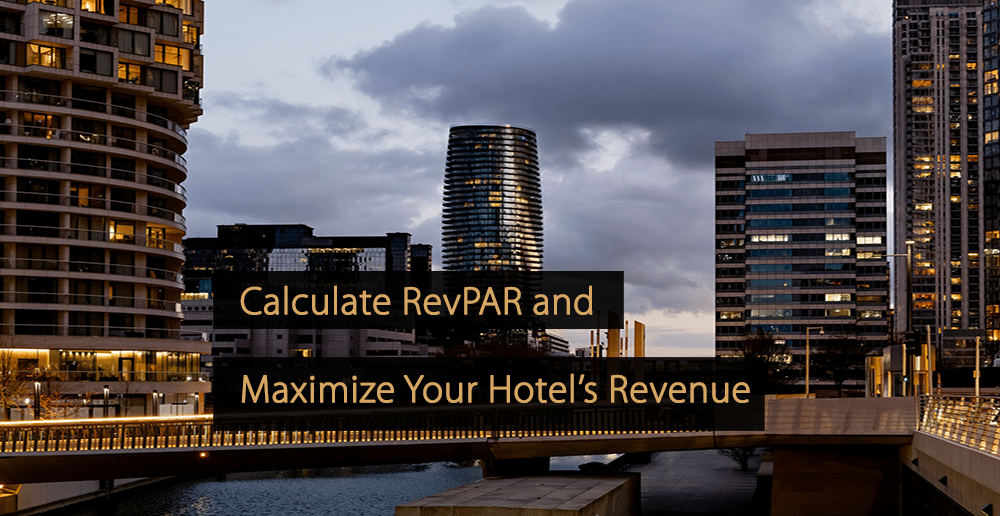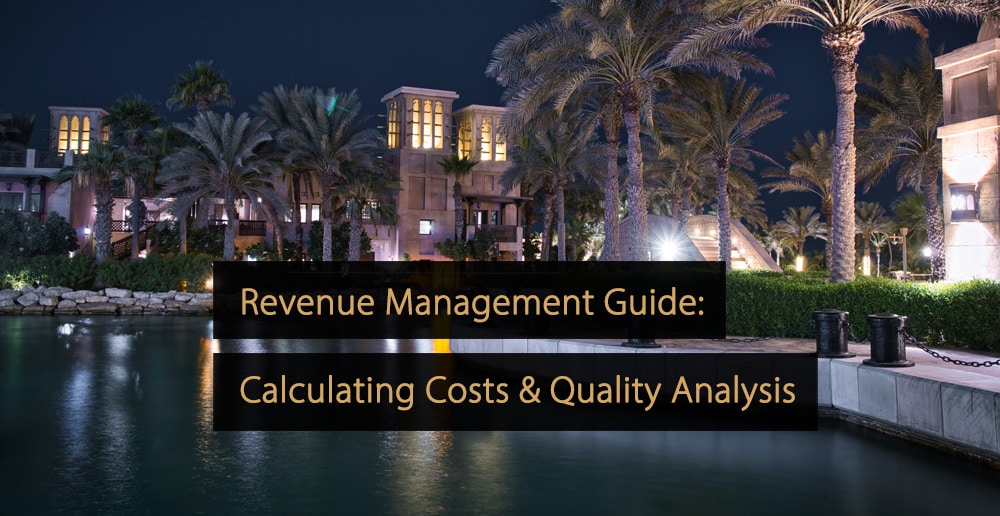Net revenue per available room, or NRevPAR, is used by those within the hotel industry as part of a wider revenue management strategy, helping them to assess overall business performance. As a KPI, the NRevPAR metric is similar to RevPAR, but factors in distribution costs. Therefore, it is arguably a more accurate performance indicator.
What is NRevPAR?
The NRevPAR metric is used to calculate the net revenue generated per available room in a hotel. In this context, net revenue refers to the room revenue generated, minus any room distribution costs. As a KPI, it provides a picture of how successful a hotel is at making money from each of its available rooms.
NRevPAR can also be used alongside other revenue management metrics to adjust pricing, increase occupancy levels, or the revenue received. It can be calculated with the following formula:
NRevPAR = (Room Revenue – Distribution Costs) / Number of Available Rooms
What is the Difference Between RevPar and NRevPAR?
In many ways, the NRevPAR metric is very similar to RevPAR, in that it is concerned with revenue generated on a per-available room basis. However, unlike RevPAR, NRevPAR looks at net revenue rather than simple room revenue. Therefore, distribution costs, such as travel agent commissions and transaction fees, are subtracted from room revenue first, before the number is divided by the number of rooms available.
Uses and Limitations
NRevPAR is a useful KPI for those in the hotel industry carrying out a revenue management strategy. In particular, it can reveal how successful a hotel is at generating revenue through the sale of rooms, while also factoring in the number of rooms that are available to be sold and the distribution costs associated.
However, it does not reveal the actual occupancy rate, or revenue generated through other sources. Moreover, certain distribution costs, like commission, can sometimes be difficult to accurately calculate.
More Revenue Management KPIs
KPI stands for Key Performance Indicator. With KPI, you can measure and identify areas of success and failure and trends related to demand and customer behavior. Besides NRevPAR, other important Revenue Management KPIs are Occupancy rate, RevPOR, ADR, TRevPAR, EBITDA, ARPA, and GOPPAR.
More Tips to Grow Your Business
Revfine.com is the leading knowledge platform for the hospitality and travel industry. Professionals use our insights, strategies, and actionable tips to get inspired, optimize revenue, innovate processes, and improve customer experience.Explore expert advice on management, marketing, revenue management, operations, software, and technology in our dedicated Hotel, Hospitality, and Travel & Tourism categories.
This article is written by:
Hi, I am Martijn Barten, founder of Revfine.com. With 20 years of experience in the hospitality industry, I specialize in optimizing revenue by combining revenue management with marketing strategies. I have successfully developed, implemented, and managed revenue management and marketing strategies for individual properties and multi-property portfolios.









Leave A Comment